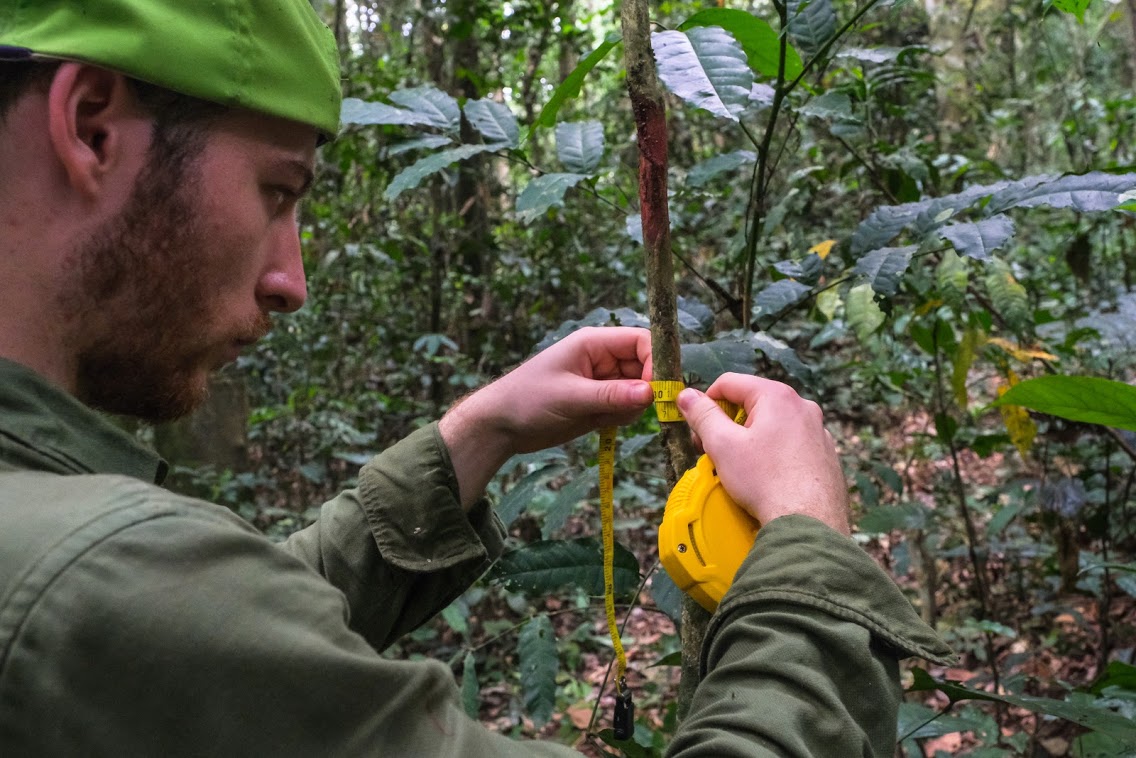[Science news] - Human activities increasingly threaten forests in the Congo Basin
 Tropical forests in the Congo Basin play a key role in biodiversity conservation and carbon sequestration. Nevertheless, forest degradation, primarily driven by selective logging, is increasingly threatening the existence of these forests. Studies on the impact of forest degradation on biodiversity largely rely on vegetation surveys on the ground, but these are still rare in the Congo Basin.
Tropical forests in the Congo Basin play a key role in biodiversity conservation and carbon sequestration. Nevertheless, forest degradation, primarily driven by selective logging, is increasingly threatening the existence of these forests. Studies on the impact of forest degradation on biodiversity largely rely on vegetation surveys on the ground, but these are still rare in the Congo Basin.
Researchers from Meise Botanic Garden and KU Leuven, together with colleagues from the University of Kisangani studied the association between forest disturbance species composition and plant community traits in the Yangambi area in the Democratic Republic of the Congo.
A total of 125 vegetation quadrats across 25 plots in the Yangambi area were surveyed, and differences among undisturbed old-growth forest, disturbed old-growth forest, and regrowth forests were compared in terms of tree species diversity, plant community traits, forest structure, and canopy cover.
Our study indicated large differences in the number and type of trees between plots in undisturbed and disturbed old-growth forest. This is a clear indication that human disturbance has a strong effect on the composition of tropical forests.. We also found clear indications that forests recover only very slowly after human intervention, despite an at first sight similar species richness.
With this research, we highlight the need of conserving undisturbed old-growth forests and contribute to deciphering the process of forest recovery in the Congo Basin. Additional vegetation surveys in the Congo Basin are needed to further understand the impact of human activities on tropical forests.
Publication
Depecker, J., Asimonyio, J.A., Miteho, R., Hatangi, Y., Kambale, J.-L., Verleysen, L., Stoffelen, P., Janssens, S.B., Dhed’a, B., Vandelook, F. and Honnay, O. (2022). The association between rainforest disturbance and recovery, tree community composition, and community traits in the Yangambi area in the Democratic Republic of the Congo. Journal of Tropical Ecology, 1–11.
Picture : © CIFOR/Alex Fassio



